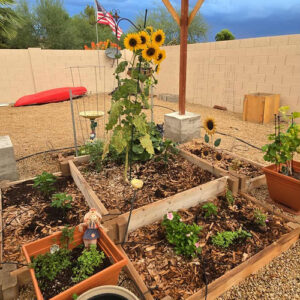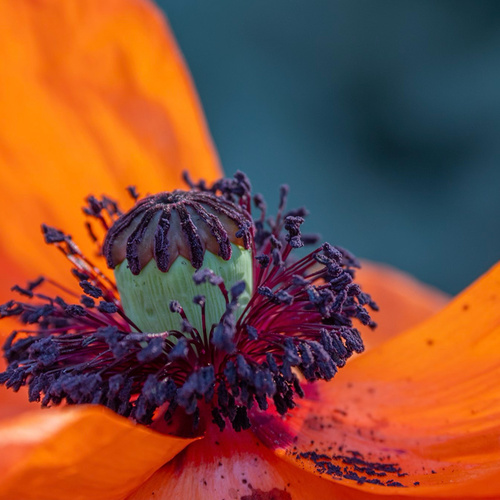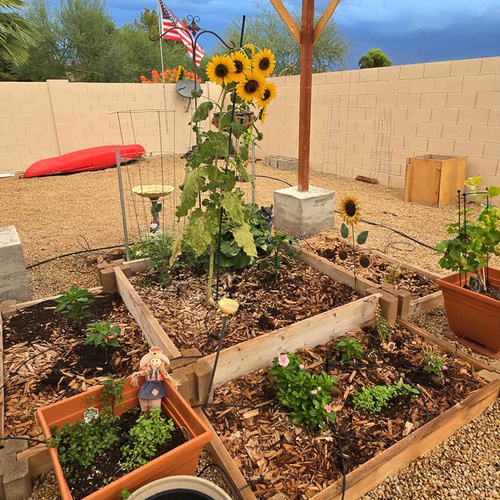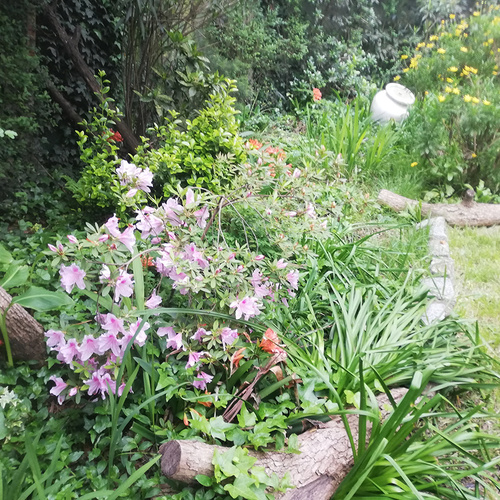Happy Monday GPODers!
Today’s submission comes from Bonnie Phipps in Boulder, Colorado and she’s reminding us to stop and smell the flowers. Last we heard from Bonnie, she shared the process of building an incredible flower garden from a space once overwhelmed by overgrown junipers (Check out that submission: The Birth of Bonnie’s Flower Garden). While her Colorado garden has a focus on foliage (See other areas of Bonnie’s garden here: The North Side of Bonnie’s Colorful Colorado Garden and November in Colorado), this new area of color has clearly been a source of inspiration as today’s post is all about blooms.
Hello everyone,
I’m mostly a foliage gardener since most of my zone 4-5 Colorado garden is shady. About 4 or 5 years ago, I removed 3 old and overgrown buffalo junipers (Juniperus sabina ‘Buffalo’, Zones 3–7) in the only area of my yard that has a limited amount of not-quite-full sun. I designed a “Flower Garden” there and have been experimenting with various flowering plants that might be able to live there—some work and some don’t. I love the way my Flower Garden changes almost weekly. It’s quite exciting seeing the flowers emerge throughout the growing season, and I love photographing them. Most of these flowers are from my garden, but three are from my neighbors.
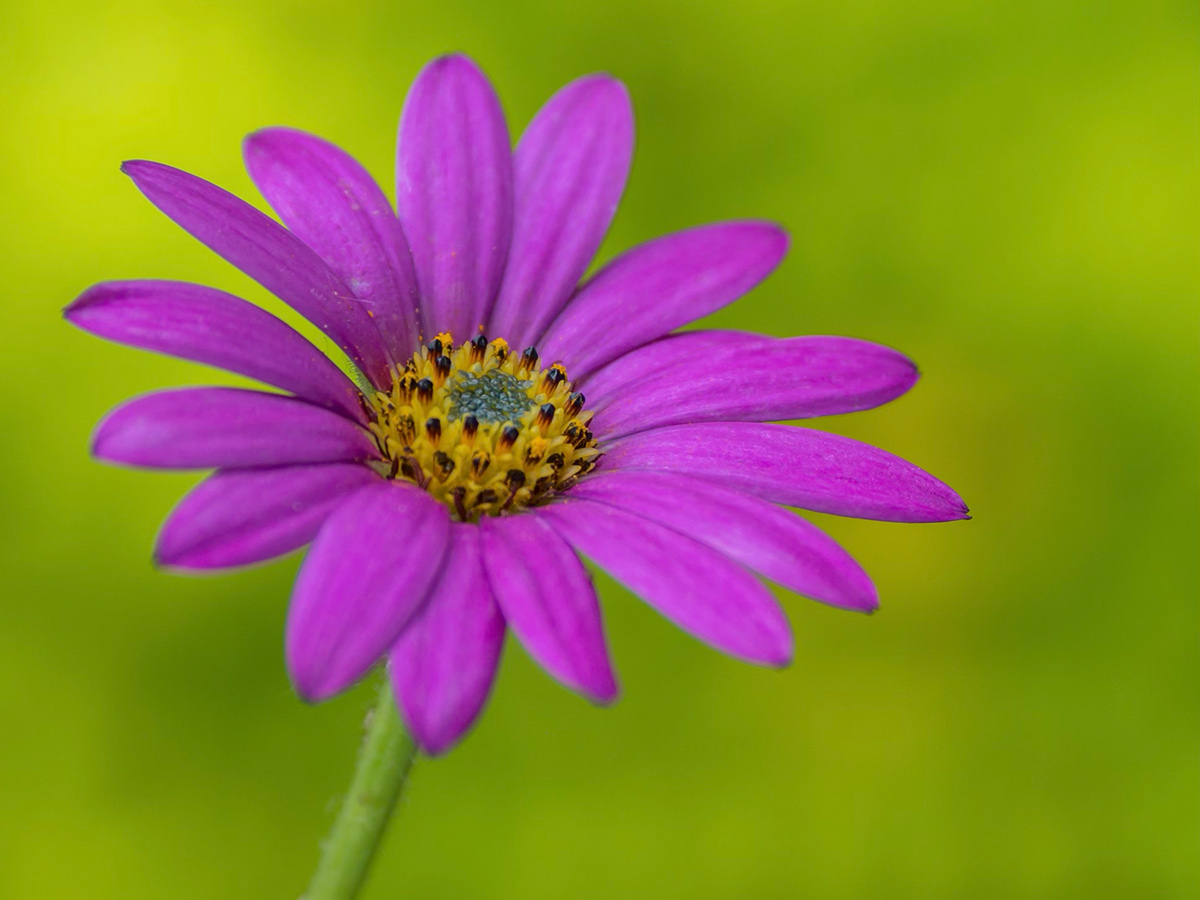 This is a Purple Mountain sun daisy (Osteospermum barberiae var. compactum ‘P005S’, Zones 5–9), growing out of golden creeping jenny (Lysimachia nummularia ‘Aurea’, Zones 3–8). The flower’s foliage is flat to the ground, and out of it comes these 8-ish inch stems with this perky small flower.
This is a Purple Mountain sun daisy (Osteospermum barberiae var. compactum ‘P005S’, Zones 5–9), growing out of golden creeping jenny (Lysimachia nummularia ‘Aurea’, Zones 3–8). The flower’s foliage is flat to the ground, and out of it comes these 8-ish inch stems with this perky small flower.
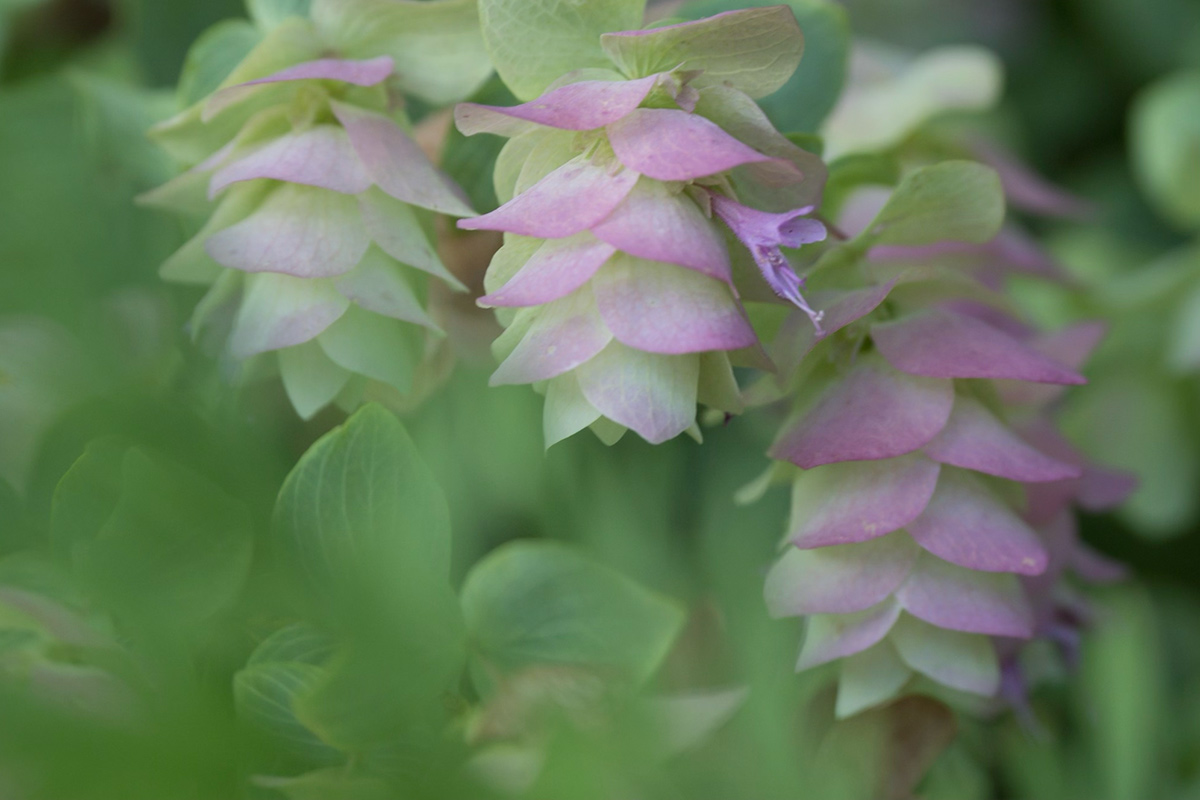
Hopflower oregano (Origanum libanoticum, Zones 5–9) makes an intricate ground cover.
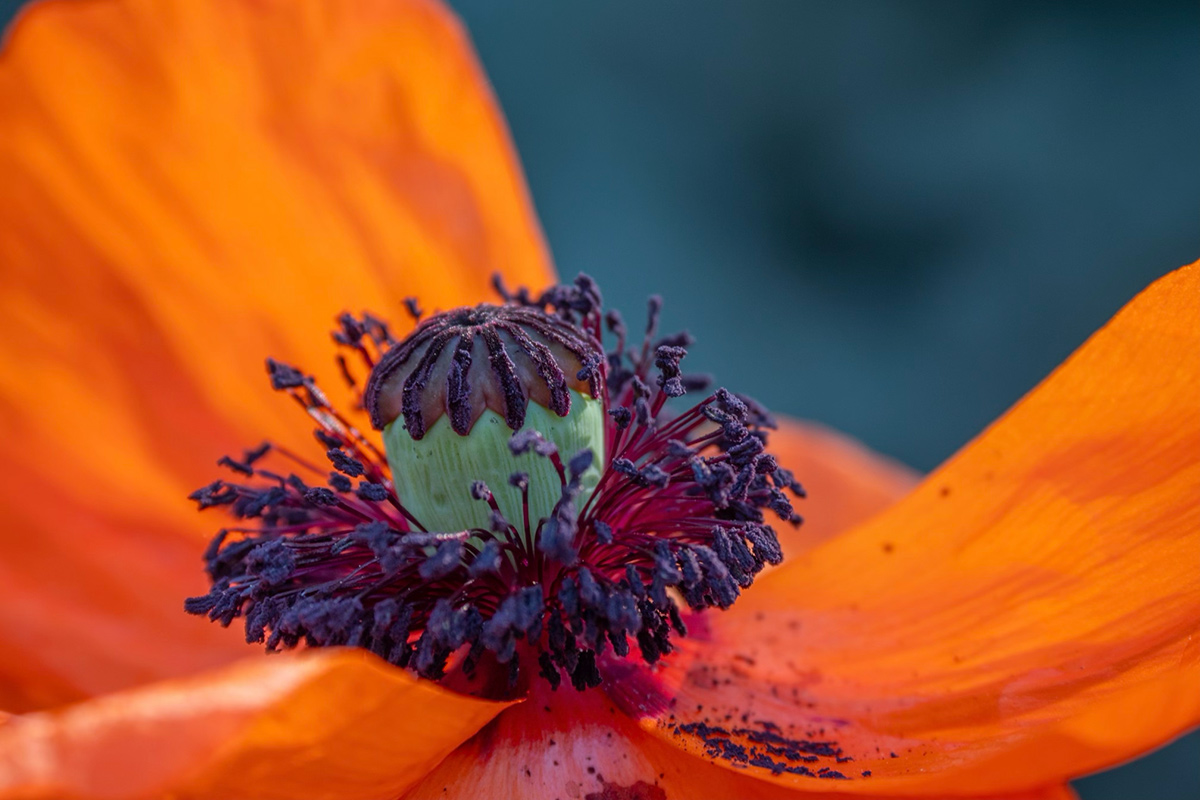 I took a ton of photos of my Oriental poppies (Papaver orientale, Zones 3–7) in their prime, as well as when they were declining. They are so interesting looking, especially the center.
I took a ton of photos of my Oriental poppies (Papaver orientale, Zones 3–7) in their prime, as well as when they were declining. They are so interesting looking, especially the center.
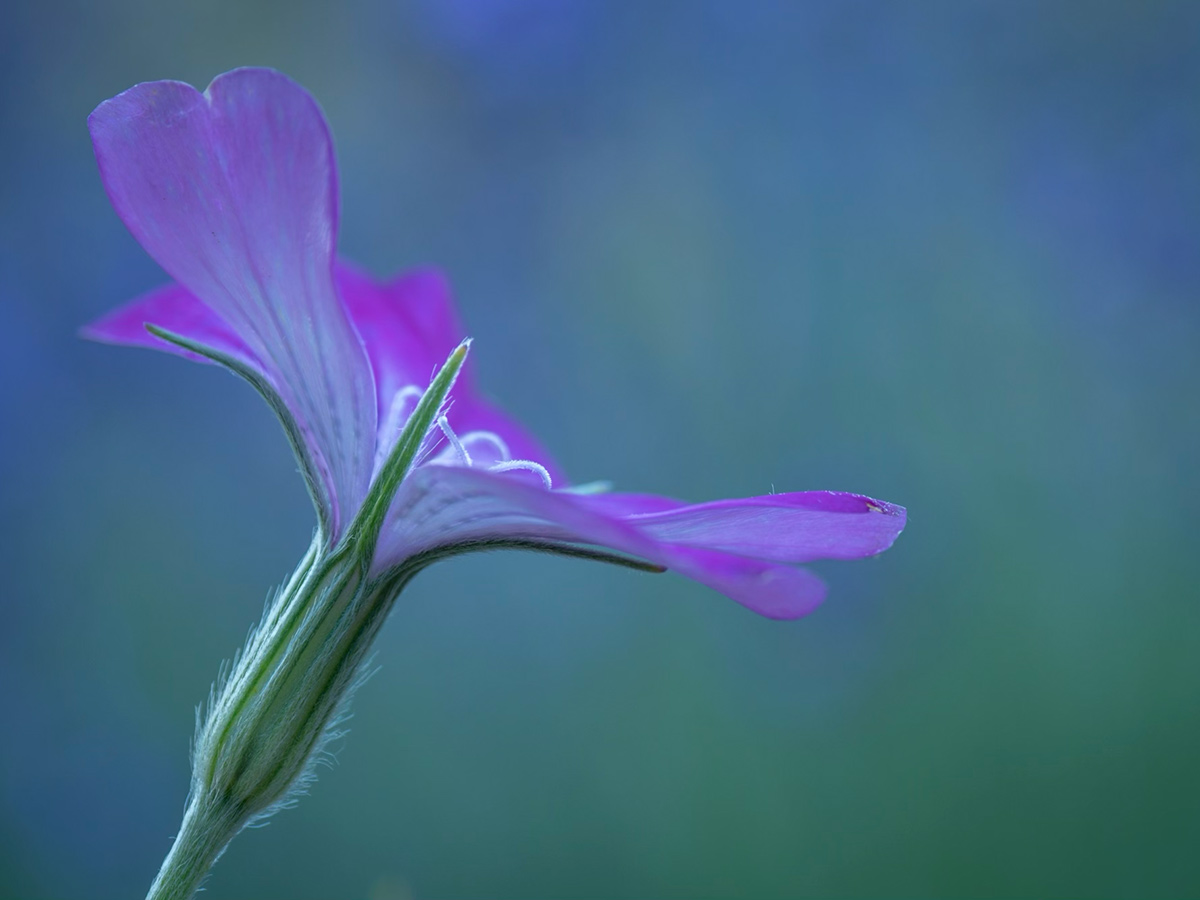 This flower was in a sidewalk strip just around the corner. It was in a whole field of the same flower.
This flower was in a sidewalk strip just around the corner. It was in a whole field of the same flower.
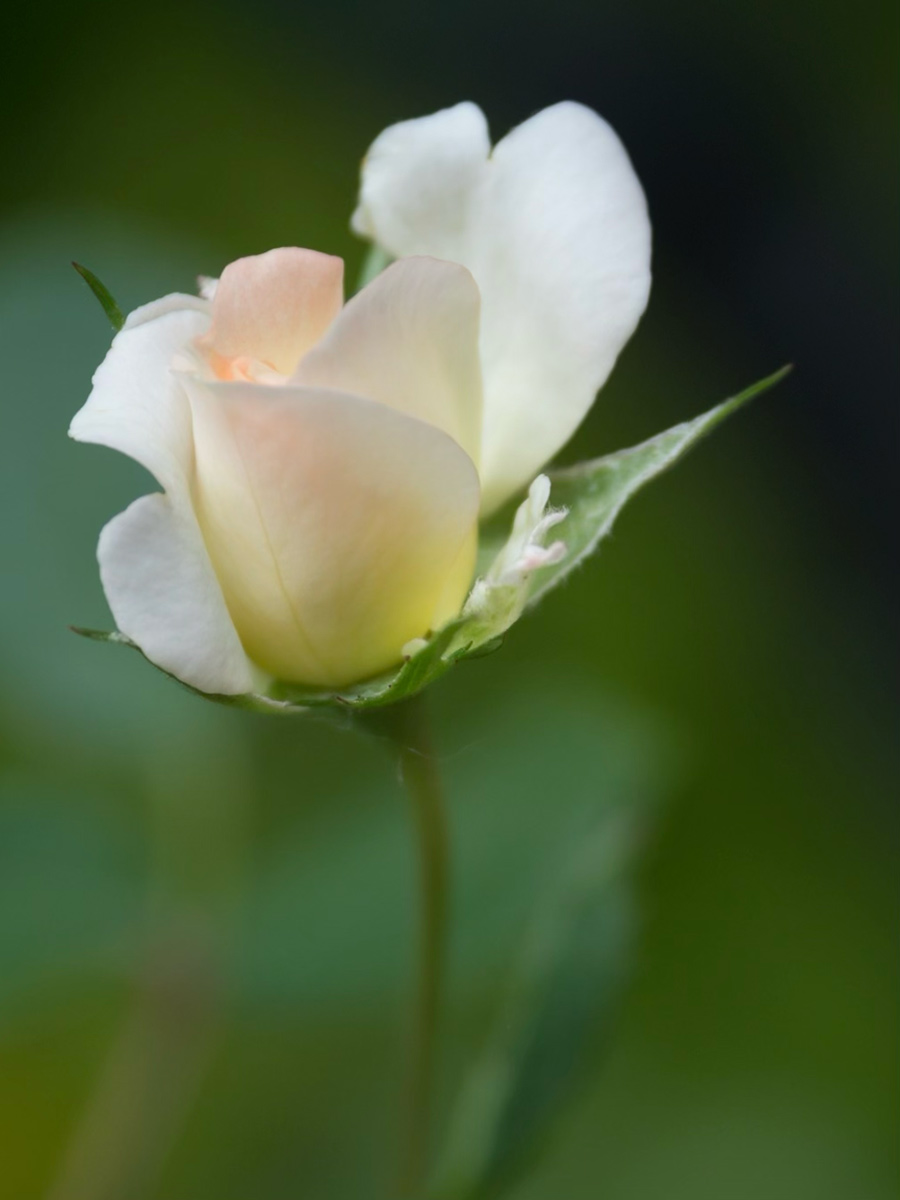 A budding rose from my neighbor’s garden.
A budding rose from my neighbor’s garden.
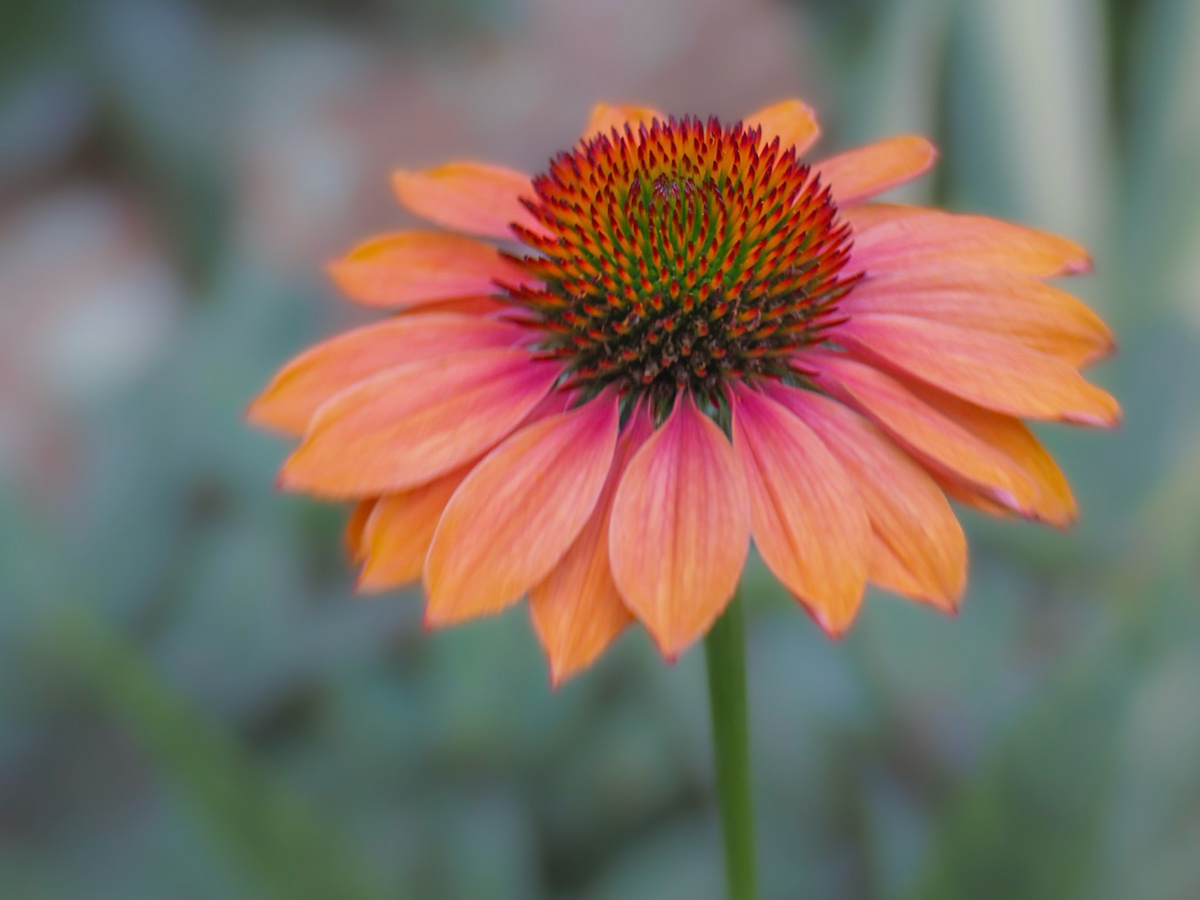 My Prima™ ‘Ginger’ coneflowers (Echinacea ‘TNECHPG’, Zones 4–9). They grow to a height of 20″ or less and bloom for a long time.
My Prima™ ‘Ginger’ coneflowers (Echinacea ‘TNECHPG’, Zones 4–9). They grow to a height of 20″ or less and bloom for a long time.
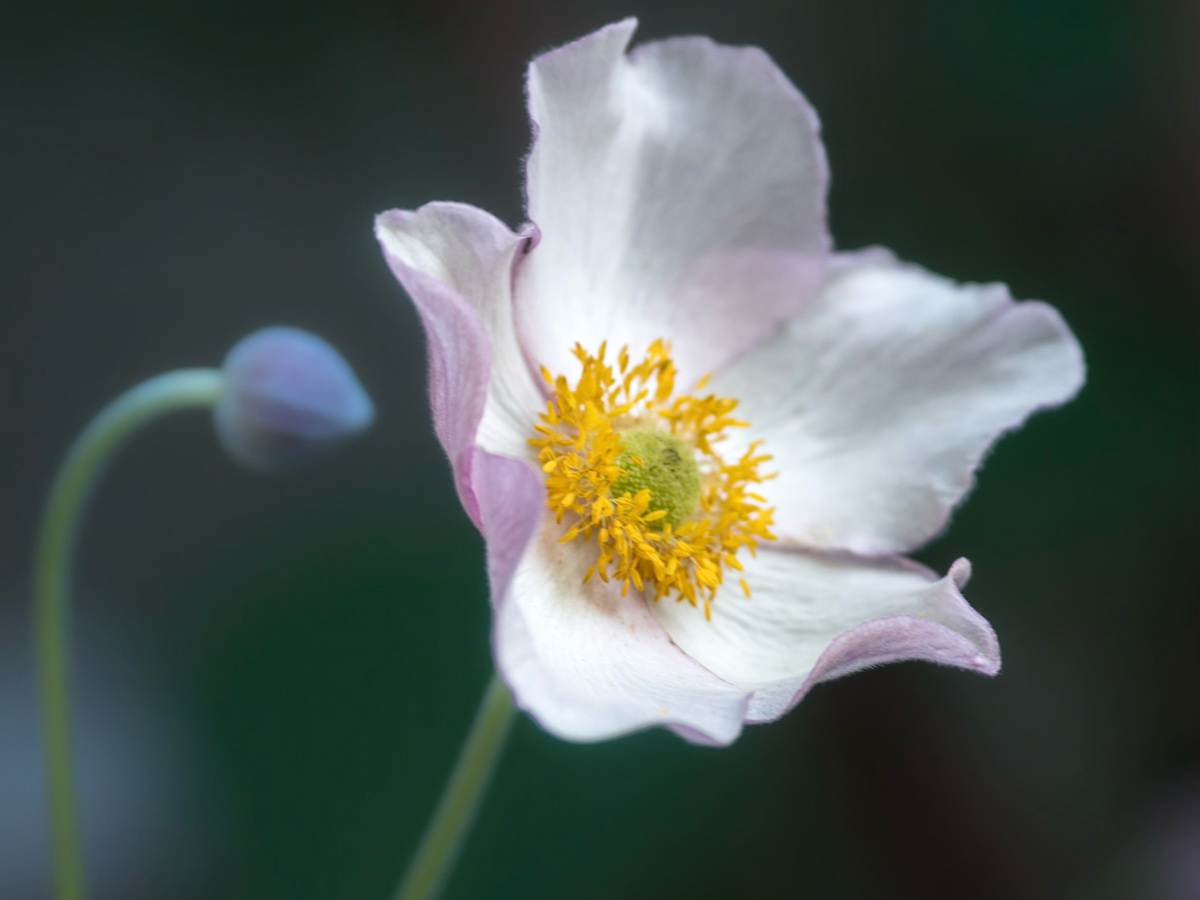 I have so many Japanese anemone’s (Anemone hupehensis, Zones 4–8) which, if I’m not careful, will take over the garden.
I have so many Japanese anemone’s (Anemone hupehensis, Zones 4–8) which, if I’m not careful, will take over the garden.
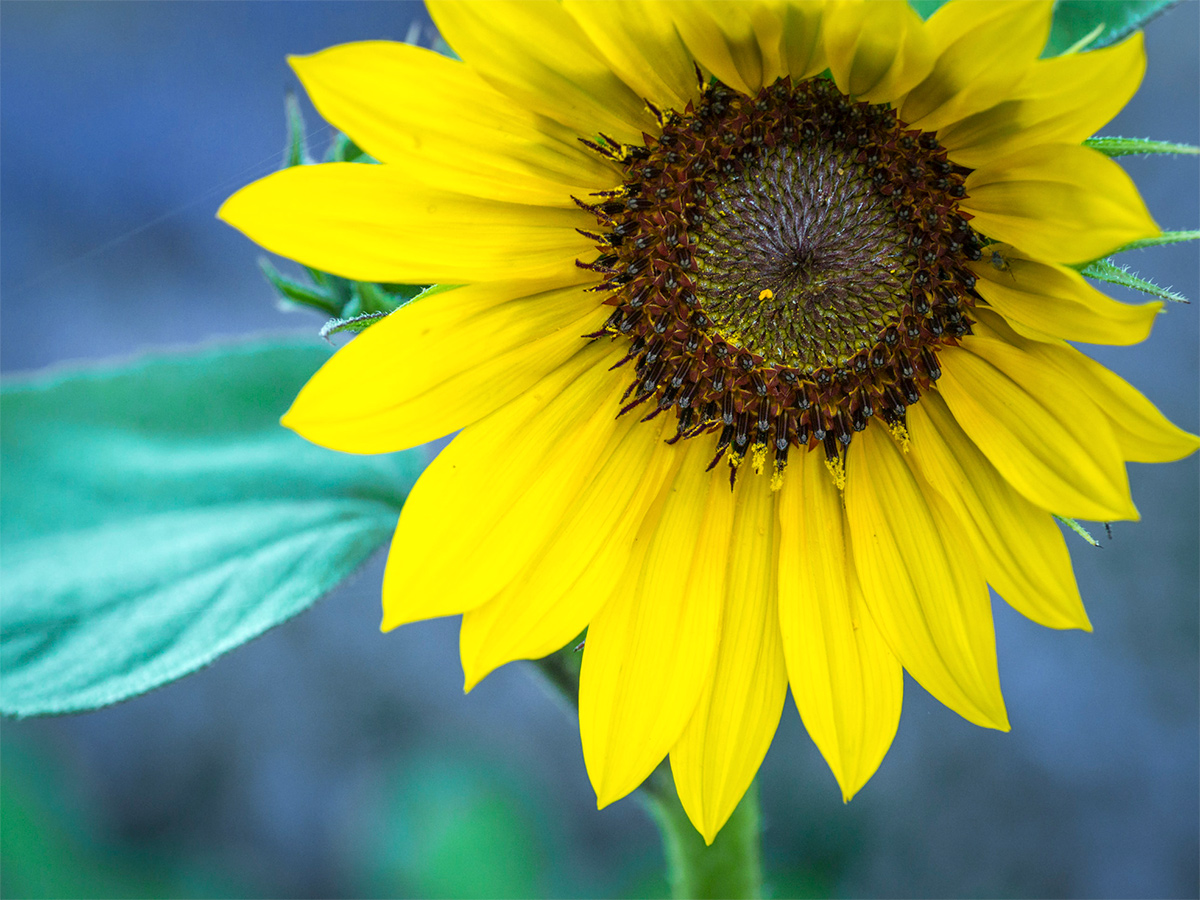 A big sunflower from that same sidewalk strip.
A big sunflower from that same sidewalk strip.
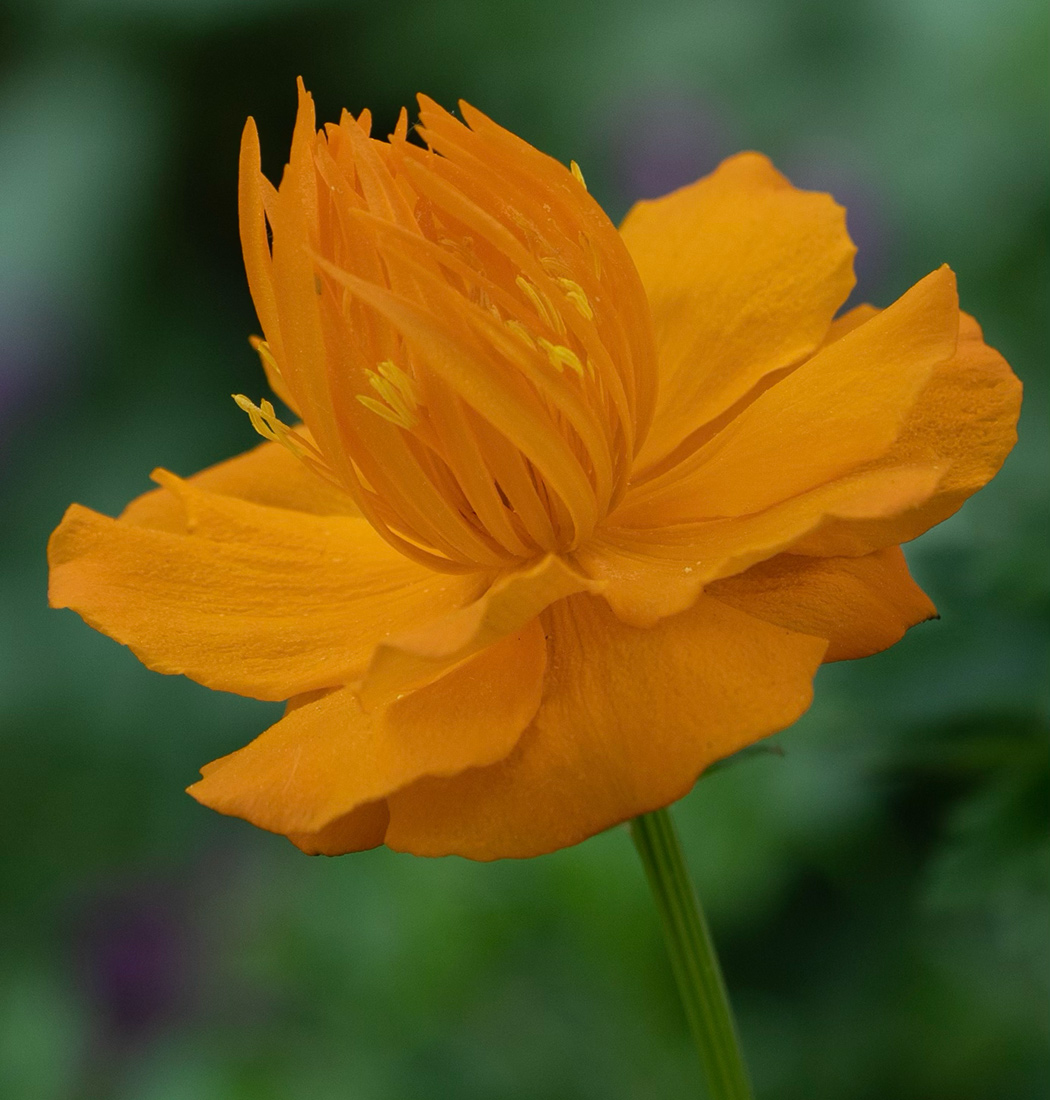 A globeflower (Trollius chinensis ‘Golden Queen’, Zones 3–7) from my garden.
A globeflower (Trollius chinensis ‘Golden Queen’, Zones 3–7) from my garden.
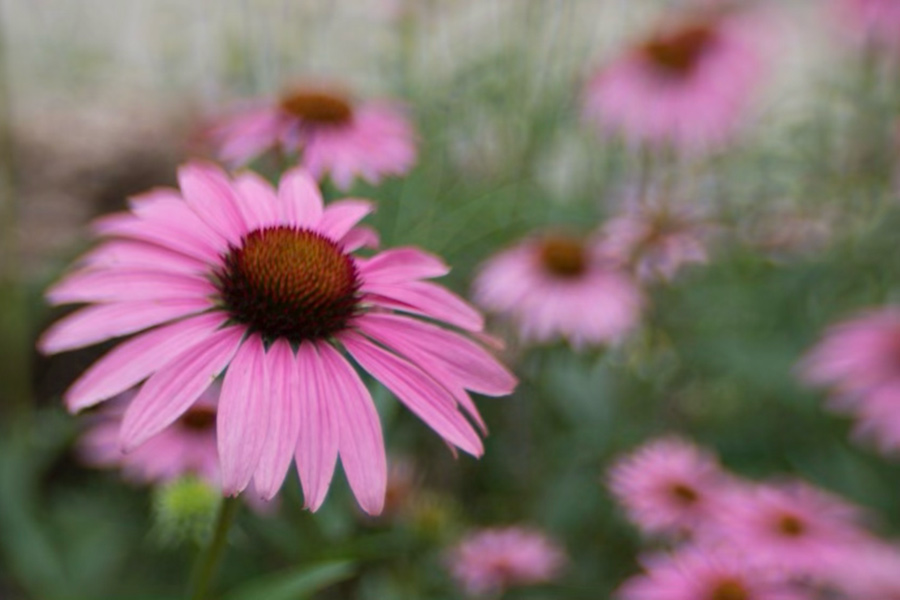 My Magnus coneflower (Echinacea purpurea ‘Magnus’, Zones 3–8) looks like it’s in a painting when I use my Lensbaby lens.
My Magnus coneflower (Echinacea purpurea ‘Magnus’, Zones 3–8) looks like it’s in a painting when I use my Lensbaby lens.
Thank you so much for sharing your beautiful photography with us, Bonnie! It’s incredible to see these gorgeous blooms through your artful eye, and it’s wonderful hearing the joy your flower garden brings you.
What flowers caused you to go in for a closer look this summer? Is there a plant you check on every day to admire fresh blooms? Did a newer plant finally flower for the first time this year? If you have some bloom beauty shots, we would love to see them! Follow the directions below to submit photos via email, or send me a DM on Instagram: @agirlherdogandtheroad.
We want to see YOUR garden!
Have photos to share? We’d love to see your garden, a particular collection of plants you love, or a wonderful garden you had the chance to visit!
To submit, send 5–10 photos to [email protected] along with some information about the plants in the pictures and where you took the photos. We’d love to hear where you are located, how long you’ve been gardening, successes you are proud of, failures you learned from, hopes for the future, favorite plants, or funny stories from your garden.
Have a mobile phone? Tag your photos on Facebook, Instagram, or Twitter with #FineGardening!
Do you receive the GPOD by email yet? Sign up here
Fine Gardening Recommended Products
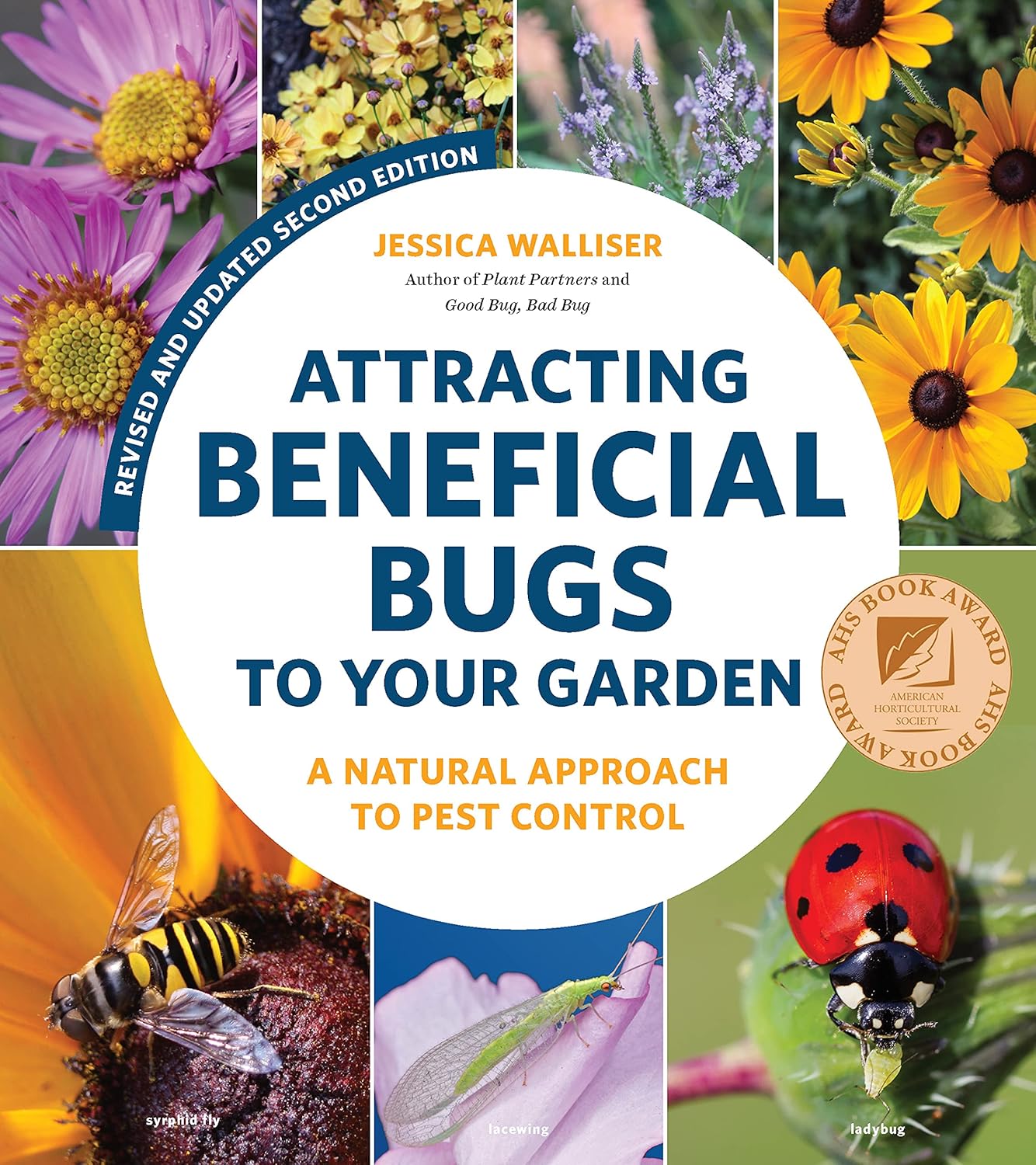
Attracting Beneficial Bugs to Your Garden, Revised and Updated Second Edition: A Natural Approach to Pest Control
Fine Gardening receives a commission for items purchased through links on this site, including Amazon Associates and other affiliate advertising programs.
This revised and updated edition of Jessica Walliser’s award-winning Attracting Beneficial Bugs to Your Garden offers a valuable and science-backed plan for bringing balance back to the garden. With this indispensable gardening reference—now updated with new research, insights, and voices—learn how to create a healthy, balanced, and diverse garden capable of supporting a hard-working crew of beneficial pest-eating insects and eliminate the need for synthetic chemical pesticides.
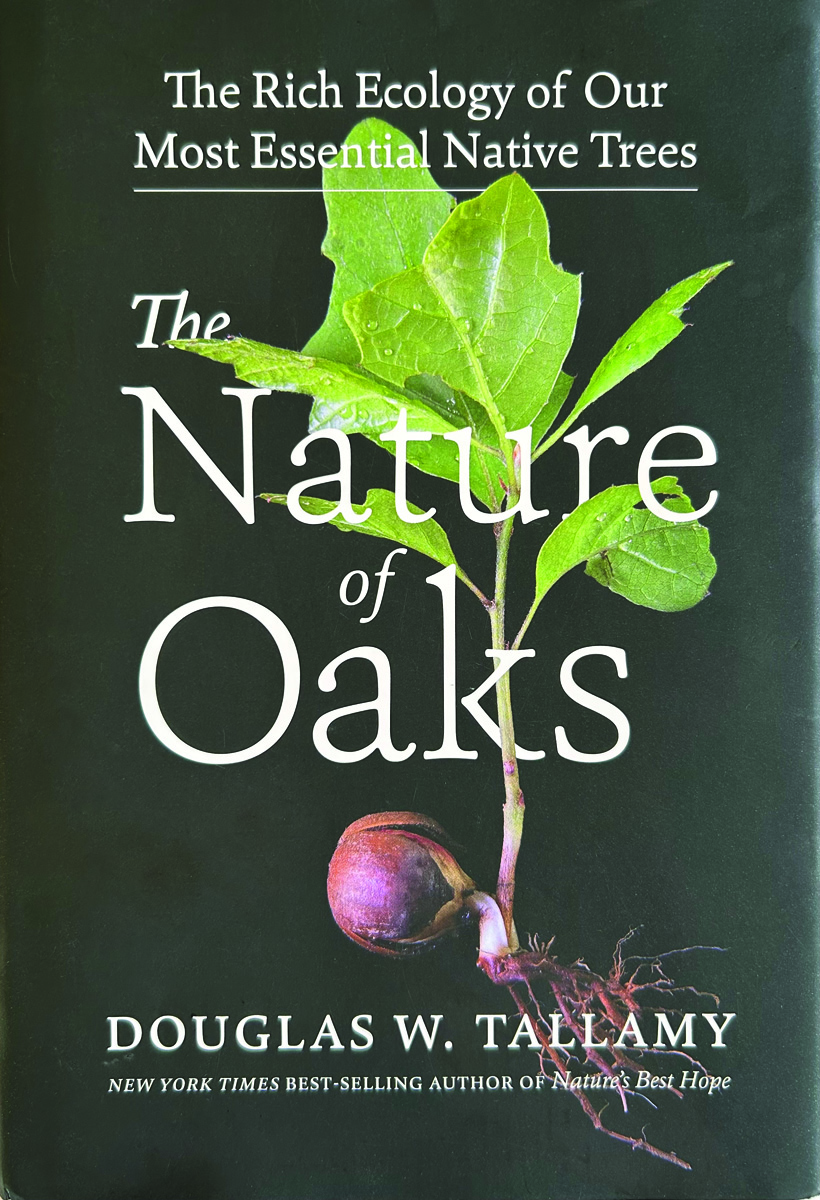
The Nature of Oaks: The Rich Ecology of Our Most Essential Native Trees
Fine Gardening receives a commission for items purchased through links on this site, including Amazon Associates and other affiliate advertising programs.
The Nature of Oaks reveals what is going on in oak trees month by month, highlighting the seasonal cycles of life, death, and renewal. From woodpeckers who collect and store hundreds of acorns for sustenance to the beauty of jewel caterpillars, Doug Tallamy illuminates and celebrates the wonders that occur right in our own backyards. He also shares practical advice about how to plant and care for an oak, along with information about the best oak species for your area.

XLUX Soil Moisture Meter
Fine Gardening receives a commission for items purchased through links on this site, including Amazon Associates and other affiliate advertising programs.
– Large and clear dial, including ten scales, plug and read
– Simply insert the moisture meter into soil and you’ll get the test result instantly
– Single probe, less hurts to the roots, doesn’t dig up too much soil after test


